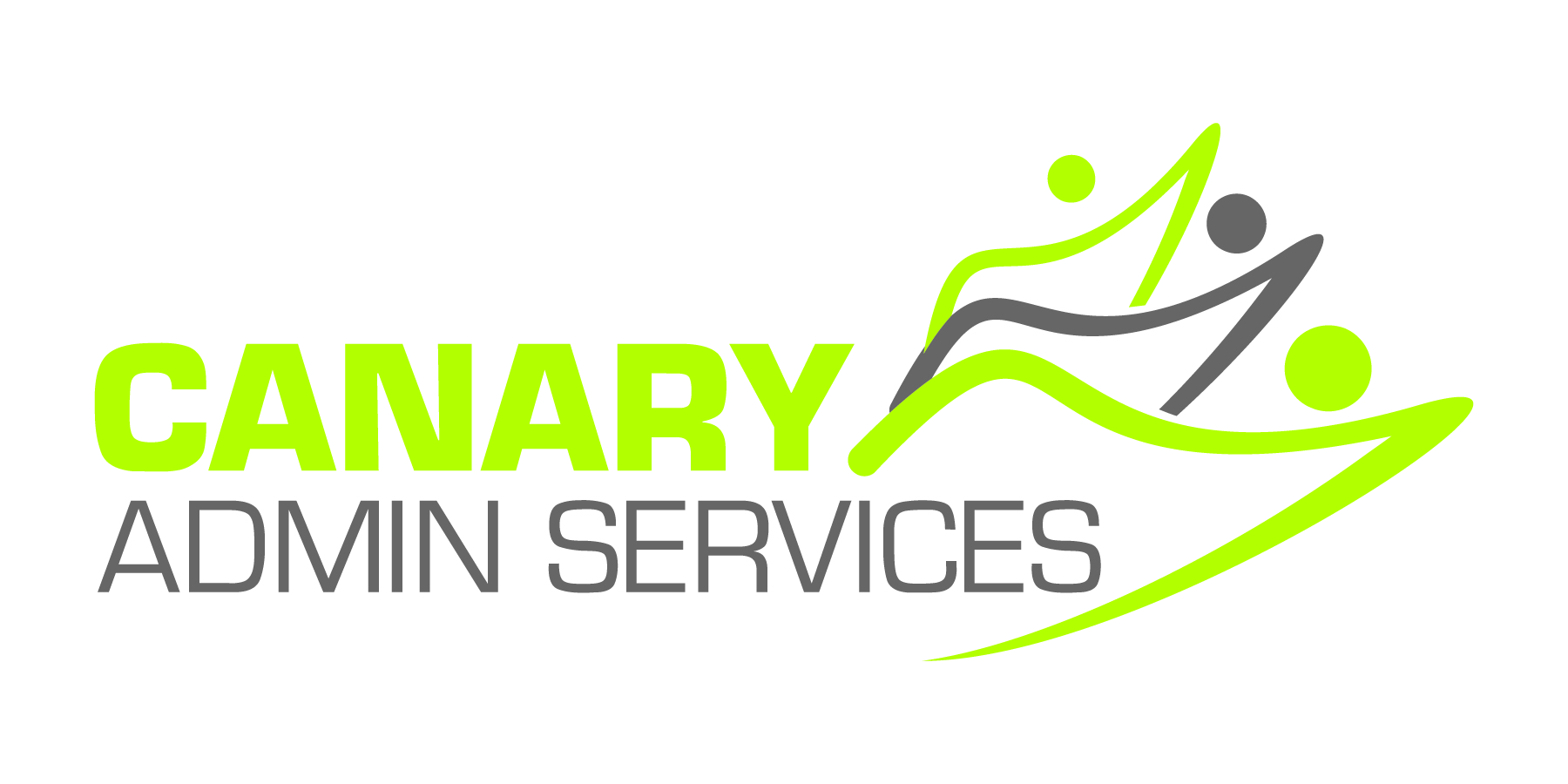It seems like a pretty daft question considering that billing is how we get paid but what isn’t such a daft question is deciding your business’ billing structure. There are different options out there and the one that is most widespread is ‘billing by the hour’. This method is mainly used by lawyers and other service providers who punch the clock as soon as the client enters the workspace but is it the best method? Billing by the hour has sparked major debates and there are mixed feelings about the ethics of this form of billing clients. We can take a look into some of the pros and cons so that you can decide which structure suits your needs (and your clients’) best.
Finding the right balance
Ask yourself:
1. Am I doing myself a disservice billing by the hour?:
Possibly. There are only 24 hours in the day so your productivity is immediately limited. Also, you are indirectly penalizing yourself by being good at what you do and getting a job done quickly. The faster you work, the less you earn.
2. How about the ethics of this billing method?:
Both parties interests may not necessarily be met. As mentioned previously, it is in the client’s best interest that you complete the work quickly as they don’t get billed as much but it is in the service provider’s best interest to take a little bit longer to be able to bill a few euros more. This is where professionals show their true worth. Will you be honest and bill your client fairly or will you resort to padding your fees?
3. How much is my time worth?:
In order to bill, you must determine how much an hour of your time is worth and whether your target market will be willing to pay your fees. Don’t undervalue or second-guess yourself by working at a much lower rate just to get clients as it will prove difficult later on and you may even find that your clients do not appreciate just how much work and effort you put into their projects.
4. Clock-on, clock-off:
Billing by the hour means keeping track of the amount of time you spend on each project. Many use time-tracking software but this may mean that much of your day is spending starting and stopping the clock which in itself can waste precious time. Bills must be itemized so that the clients can see exactly what they are being billed for. This is an example of a typical lawyer’s itemized bill:
- 1/2 hour on an email
- 1/10 hour leaving voice mail for client
- 1/4 hour consult with the tax office
This can belittle your own work and may make clients hesitate before approaching you, fearing being billed as soon as they breathe near your office instead of regarding you as their go-to person.
5. How happy will my client be?:
Client relations are crucial to your business development so it goes without saying that if your clients are happy with the billing method, it is less likely they will go elsewhere. Some professionals do not provide their clients with an approximate completion date so they are left not knowing what the final charge may be possibly making them suspicious from the get-go. However this will change once the client sees how you work and the final results. Ask yourself, whether your billing structure meet your business and your clients’ needs.
Lawyers have remained faithful to billing by the hour and unfortunately they are renowned as the biggest culprits for over billing their clients (generalizing I know, not that this is true in every lawyers case of course) but even that industry is evolving by looking to alternative billing methods that may prove more productive or make for happier clients. The current economic climate has played a big role in these changes as professionals try to accommodate their clients.
As payment is always the more awkward part in the business relationship so it is essential your client is satisfied with the billing structure that is in place and understands exactly what they are paying for as in the long-run it will make the experience a lot less painful.
It looks like hourly billing is here to stay but as I mentioned at the beginning of this post, there are alternatives that can be studied to suit your client or the project at hand. The most common is to establish a flat fee but others would include, results-based fees, blended rates or fees by stages.
Canary Admin Services offers three billing methods depending on personal preference or the type of work contracted:
a. Hourly
b. Fee Per Project
c. Monthly Retainer
We can look at the pros and cons of each method and leave it up to you to decide which one works best for you.


